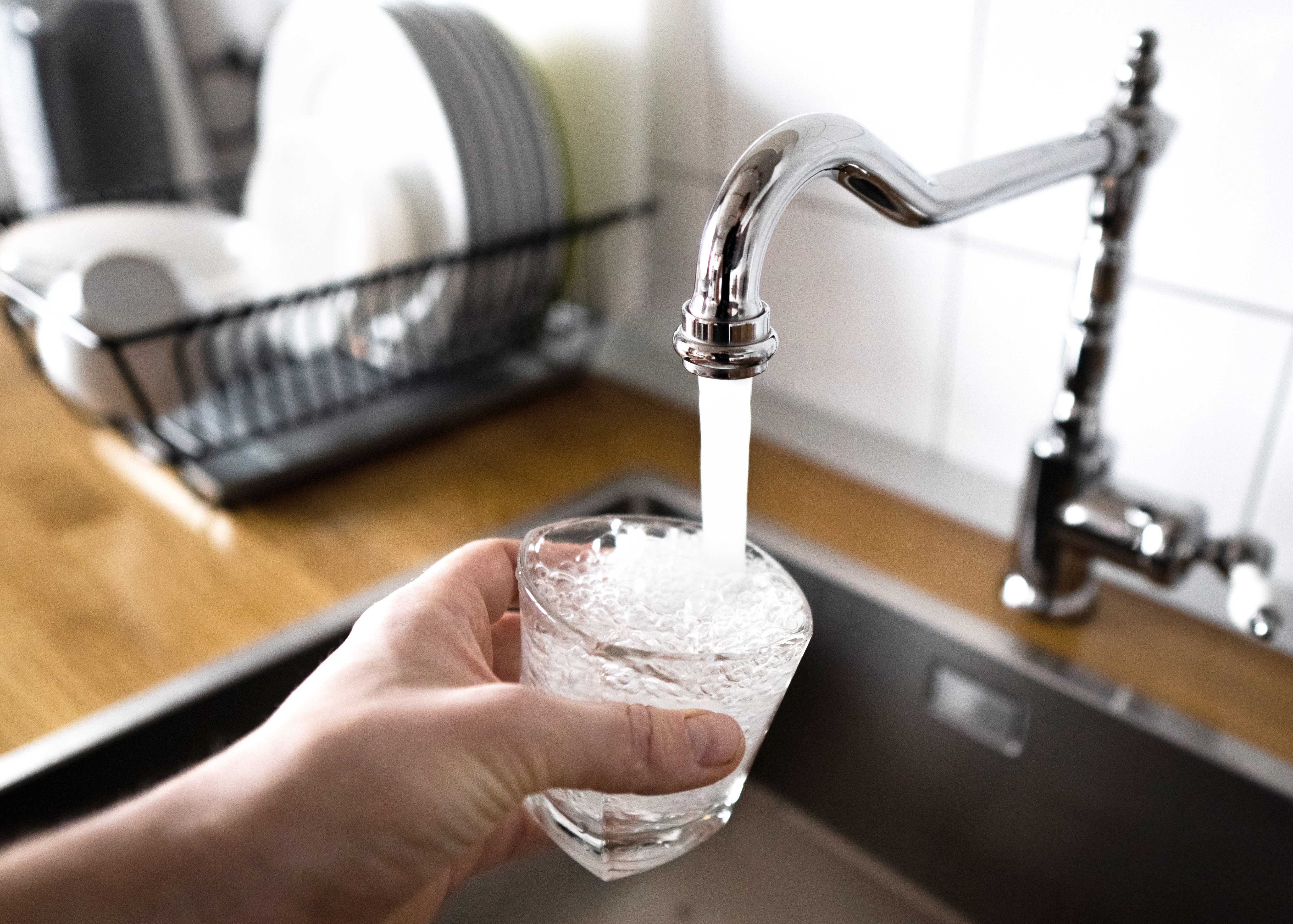
Learn about main water line repair costs in Columbus and what affects pricing to be prepared before you start getting estimates.
Water belongs in clouds, not the other way around
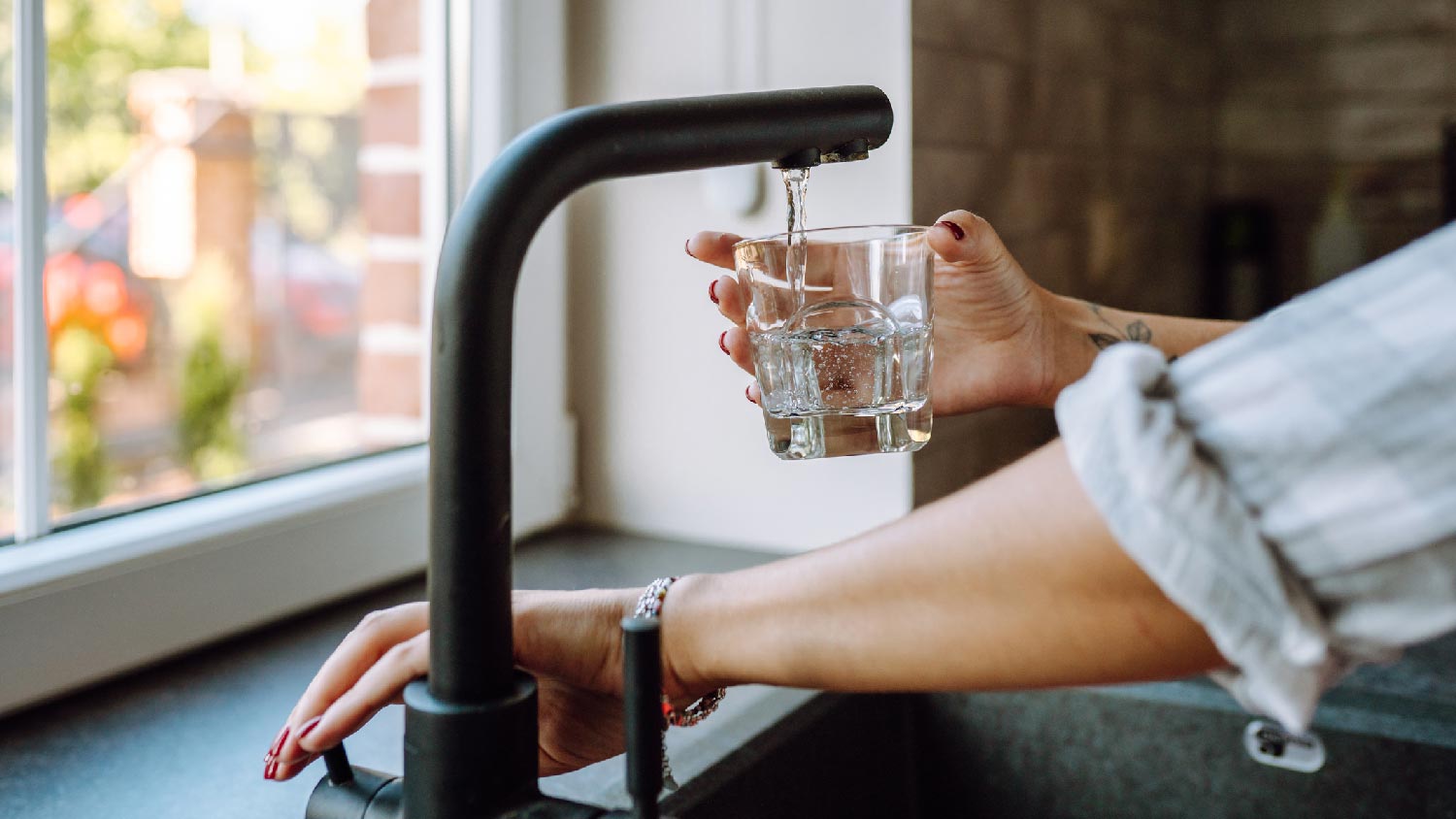

Air bubbles are the leading cause of cloudy tap water.
Contaminants clouding up your water require investigating.
Water softeners and water filters can reduce cloudiness, depending on the situation.
Plumbing repairs cost between $175 and $450 on average.
If you fill a big glass of water only to realize you can’t see through it, you're not alone. Hazy tap water is a common problem for many homeowners, but there are often logical reasons. The reasons your tap water is cloudy could be as simple air trapped in the water or even that it's just cold outside. However, if sediment in your water is causing the cloudiness, you'll want to look deeper into the matter.
Water runs into all kinds of plumbing bends, valves, regulators, filters, and other things that cause pressure fluctuations as it travels to your home and through your plumbing system. Even the outdoor air temperature can cause pressure variations. Any of these fluctuations can leave air bubbles trapped in the water. As you fill your glass at the faucet, the pressure reduces immediately, and the presence of trapped air appears as cloudy water.
First, water with air trapped in it is safe to consume, provided it's just air and not some other harmful type of gas. However, water with air in it can increase the wear and tear on appliances such as dishwashers and laundry machines. The best course of action is to hire a pro to perform a plumbing inspection to determine and resolve the cause.
In the meantime, most cloudiness due to trapped air goes away if you let the water sit for several minutes before using it.
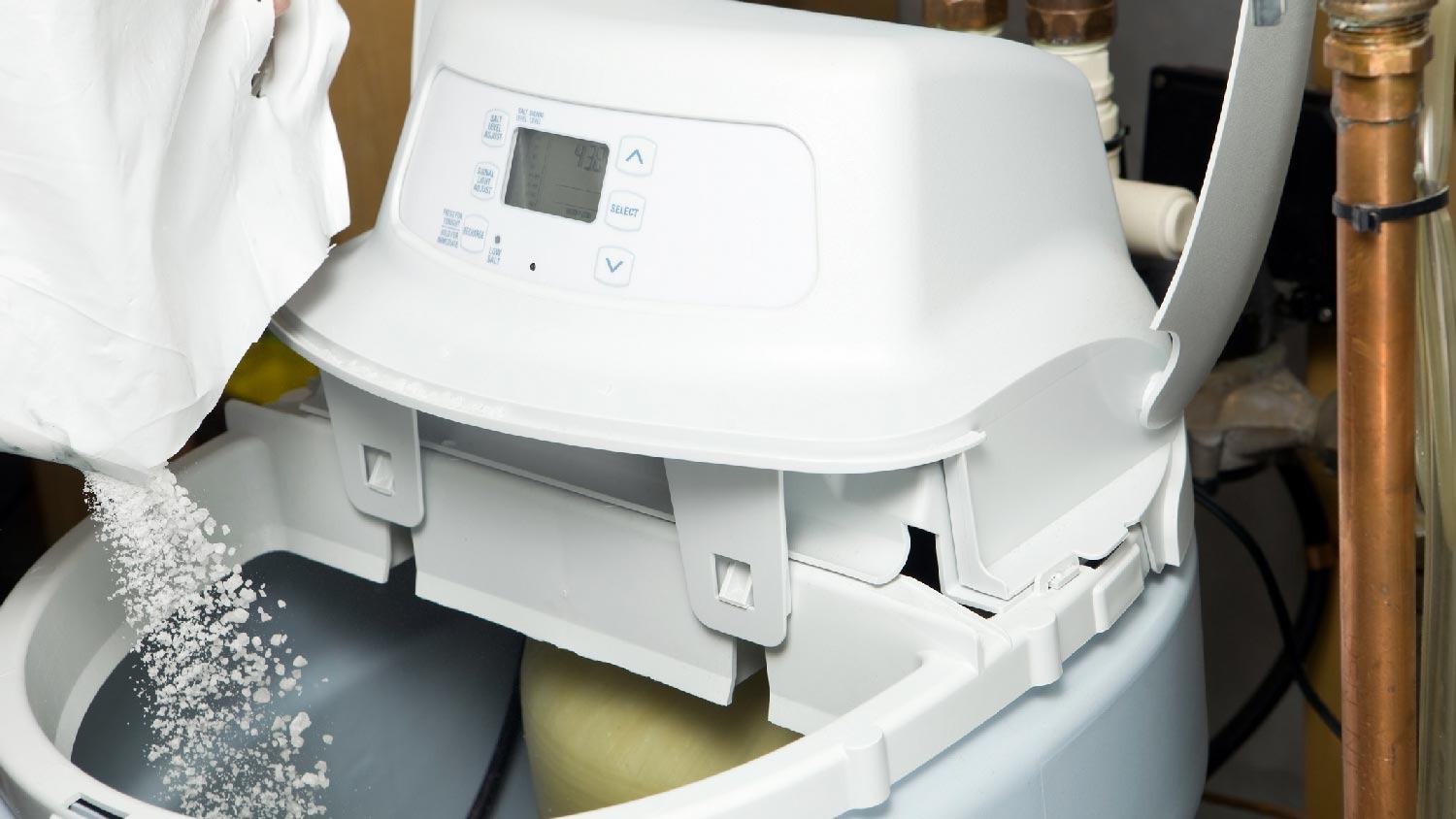
If your home has hard water, it can appear cloudy straight out of the tap due to the minerals dissolved in it. While hard water isn't necessarily bad for you, it can cause nuisances such as staining, scale buildup, and dry skin or hair.
Installing a water softener is the go-to solution in locations where hard water is a concern. Water softener installation costs between $200 and $6,000 on average. It can extend the lifespan of your plumbing system and appliances and eliminate cloudy water related to hard water. If you have a water softener and cloudy water at the same time, you may need water softener repair work.
Sediment is notorious for causing cloudiness. Unlike hard water, which carries dissolved minerals, water with sediment in it means that physical particles—usually dirt, sand, or metals—flow along with the water rather than dissolve into it. Your water can pick up sediment from corroded pipes, old water heaters, or debris that makes its way into the plumbing that brings you your water.
While a simple water filter can remove most sediment from your tap water, getting to the bottom of the problem is essential to make sure what's coming out of your faucet is safe and that your plumbing system doesn't have a problem. Plumbing repairs cost an average of between $175 and $450 to fix any minor issues other than replacing your water heater.
TSS, or total suspended solids, in your tap water are one of the more concerning sources of cloudiness. TSS is really just a measurement of contaminants in water. TSS can consist of sediments, metals, organic material, viruses, bacteria, chemicals, and any other form of contamination. Often, these water-borne materials can linger even after municipal water treatment.
If you suspect contamination or TSS is the reason behind your water's cloudiness, performing or having a professional perform a water quality test is the best first step. The test results will point the way toward a solution, whether that means installing or repairing your whole-house water filter system or choosing a type of water filter that meets your needs.
On rare occasions, homeowners with well water can find that their household water contains traces of methane. Methane occurs naturally. However, having it in your water is unpleasant and potentially hazardous.
If you have cloudy well water and suspect that methane could be the culprit, having a professional test your water and inspect your well is the best starting point. You may need to install an aeration system or other solution to eliminate the problem.
Cloudy tap water happens for any of several reasons. While most instances involve harmless trapped air, some cases can be alarming. In any case, even innocent-seeming trapped air situations can cause unnecessary wear on your appliances. Most homeowners who experience cloudy water situations simply call a local plumber to check out the problem and determine the best next steps.
From average costs to expert advice, get all the answers you need to get your job done.

Learn about main water line repair costs in Columbus and what affects pricing to be prepared before you start getting estimates.
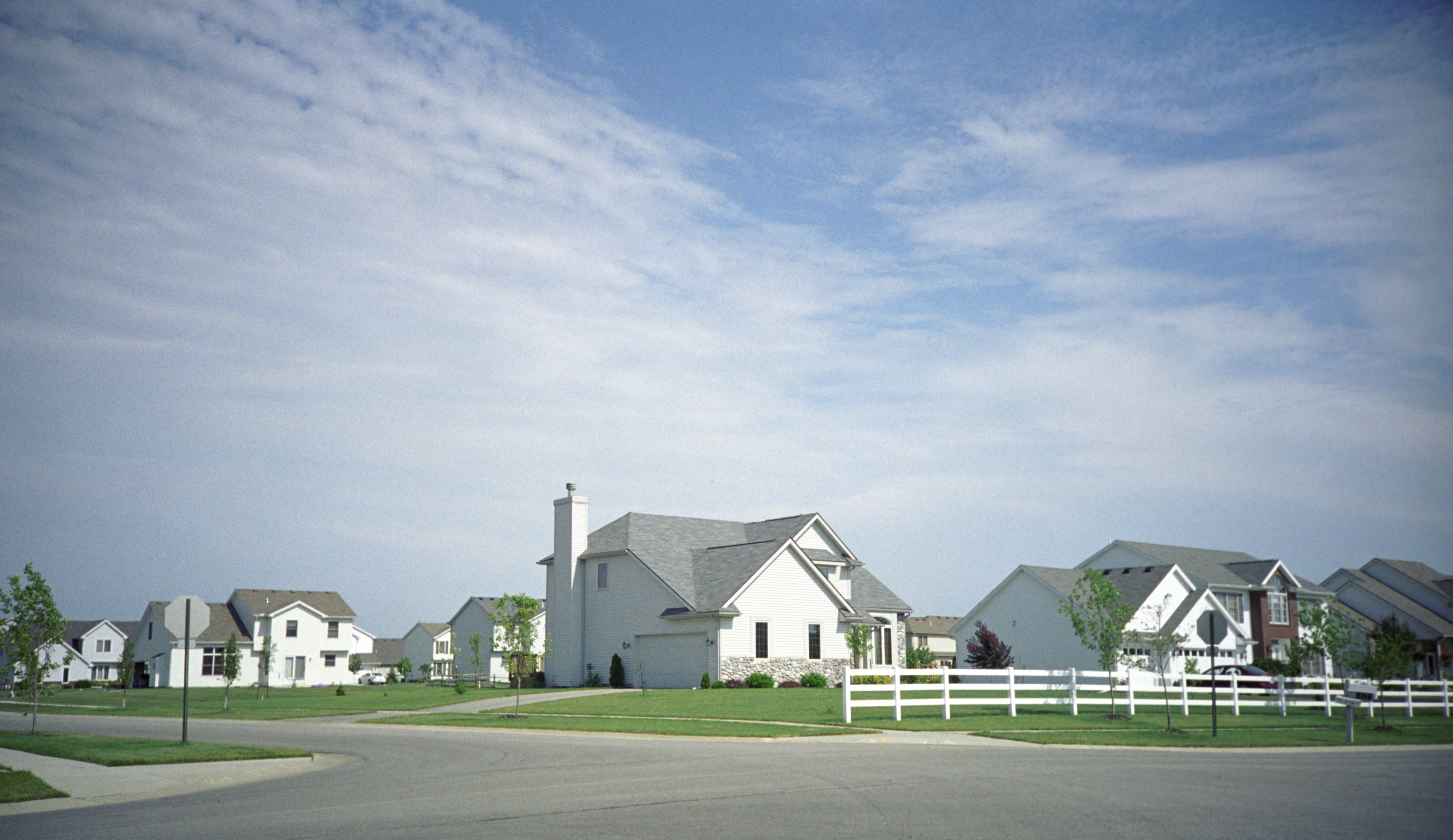
Discover the leading factors affecting your main water line replacement cost in Columbus, including length, material selection, and installation details.

Learn how much plumbers cost in Columbus, Ohio. Discover pricing for faucet repairs, pipe work, and emergency services, plus how you can save money.

Understand how much water a toilet uses per flush and find ways to make your house more sustainable and efficient while lowering water bills.
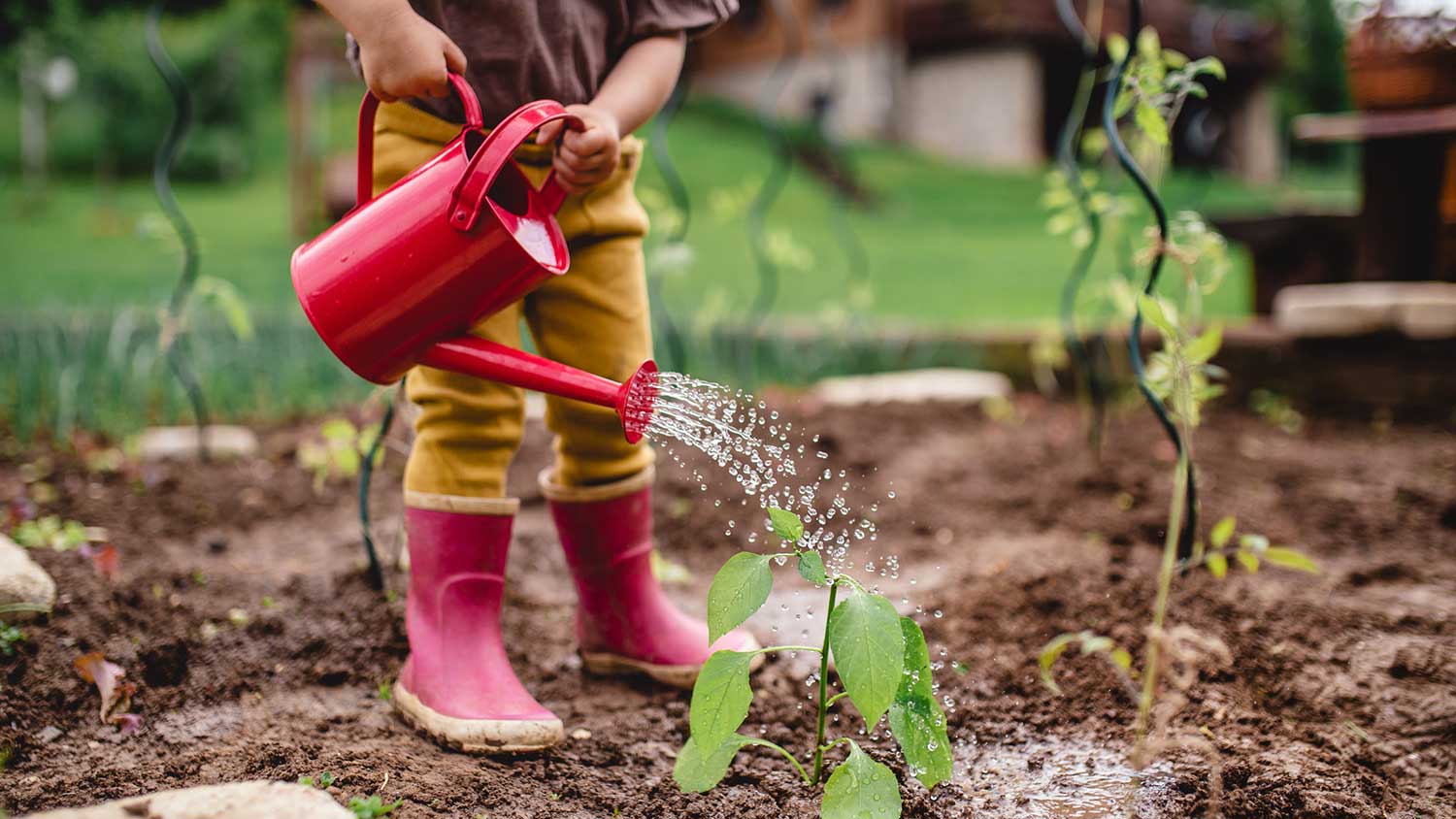
Discover grey water system cost details to learn about installation, maintenance, and ways to save on your home’s grey water system.

If your tub stopper is ruining bathtime or it’s time for a new one, you can easily DIY the job. Keep reading to discover how to remove a bathtub drain stopper.